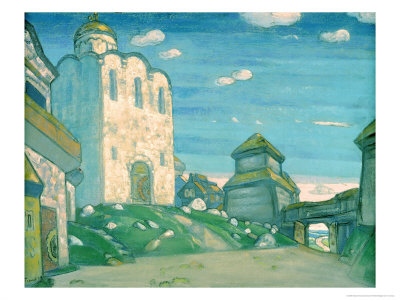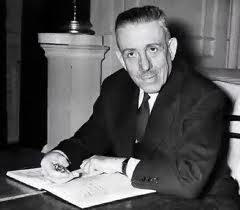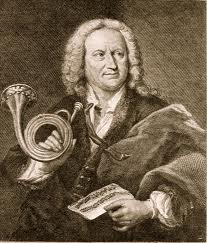Sir Edward Elgar (1857-1934) was a dominant force in English music at the turn of the 20th century. His magnificent ‘cello concerto was composed in 1919; more recently, it has become identified with the great ‘cellist Jacqueline du Pré, who made it into her signature...
Works
Polovtsian Dances
By profession an eminent chemist and professor, Borodin (1833-1887) was also a member of a Russian musical circle which included Mussorgsky and Rimsky-Korsakov. http://www.broadwaybach.org/audio/Polovtsian_Dances.mp3 While his musical output was not large, it includes...
A Canzona and Two Sonatas by Gabrieli
Giovanni Gabrieli (circa 1553–1612) was born into a musical family in late Renaissance Venice. He succeeded his uncle, Andreas Gabrieli, as principal composer at the great Basilica of San Marco. Continuing a musical tradition long-established in Venice, one of his...
Adagio in G Minor for Organ and Strings
This well-known piece was actually constructed from 2 different fragments of Albinoni’s work by the Italian composer Remo Giazotto. It is composed in “church-sonata” style, with organ melody and accompaniment to the strings. After the organ introduction, the main...
Piano Concerto in G Major
No notes available.
Symphony No. 95 in C Minor
No notes available.
Idée Fixe
World premiere of this work.
Sinfonietta
French composer Francis Poulenc (1899-1963) almost defies characterization in terms of musical style. He was a member of the famed composer group known as “Les Six” and played a prominent role in 20th-century music. He wrote many well-known works for the stage (Les...
Concerto in D Major
Many of Bach’s cantatas and oratorios include instrumental sections, such as sinfonias or overtures, which are musical masterpieces in their own right. Bach freely interchanged his compositions as he saw fit, borrowing from his instrumental works as needed to fill out...
Concerto in E Minor for Violin and Orchestra
This concerto is certainly one of the most familiar, and best-loved, works in the entire violin repertoire. It was composed in 1844 expressly for the violin virtuoso Ferdinand David and performed in Leipzig the following year. Its three movements are essentially meant...




